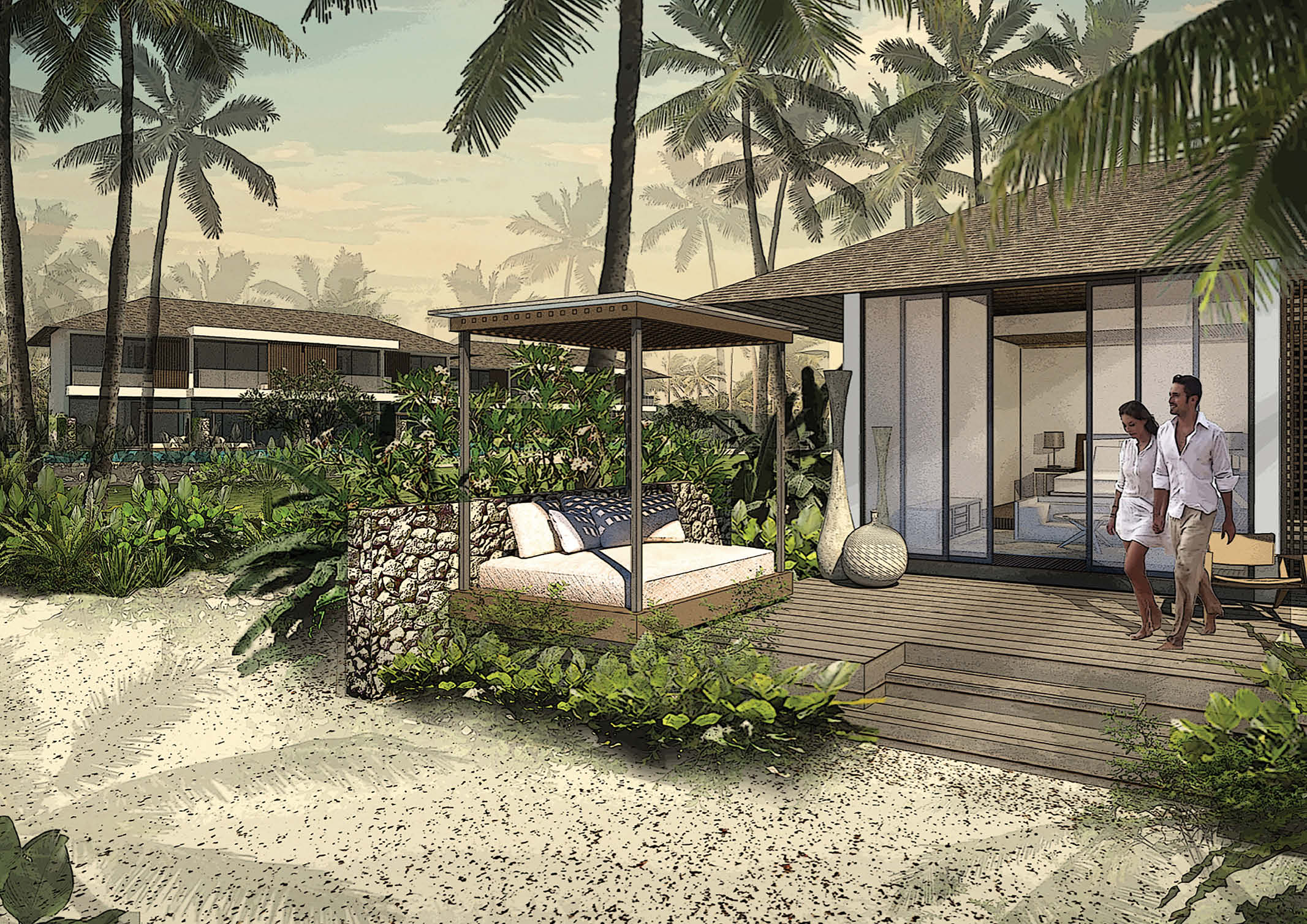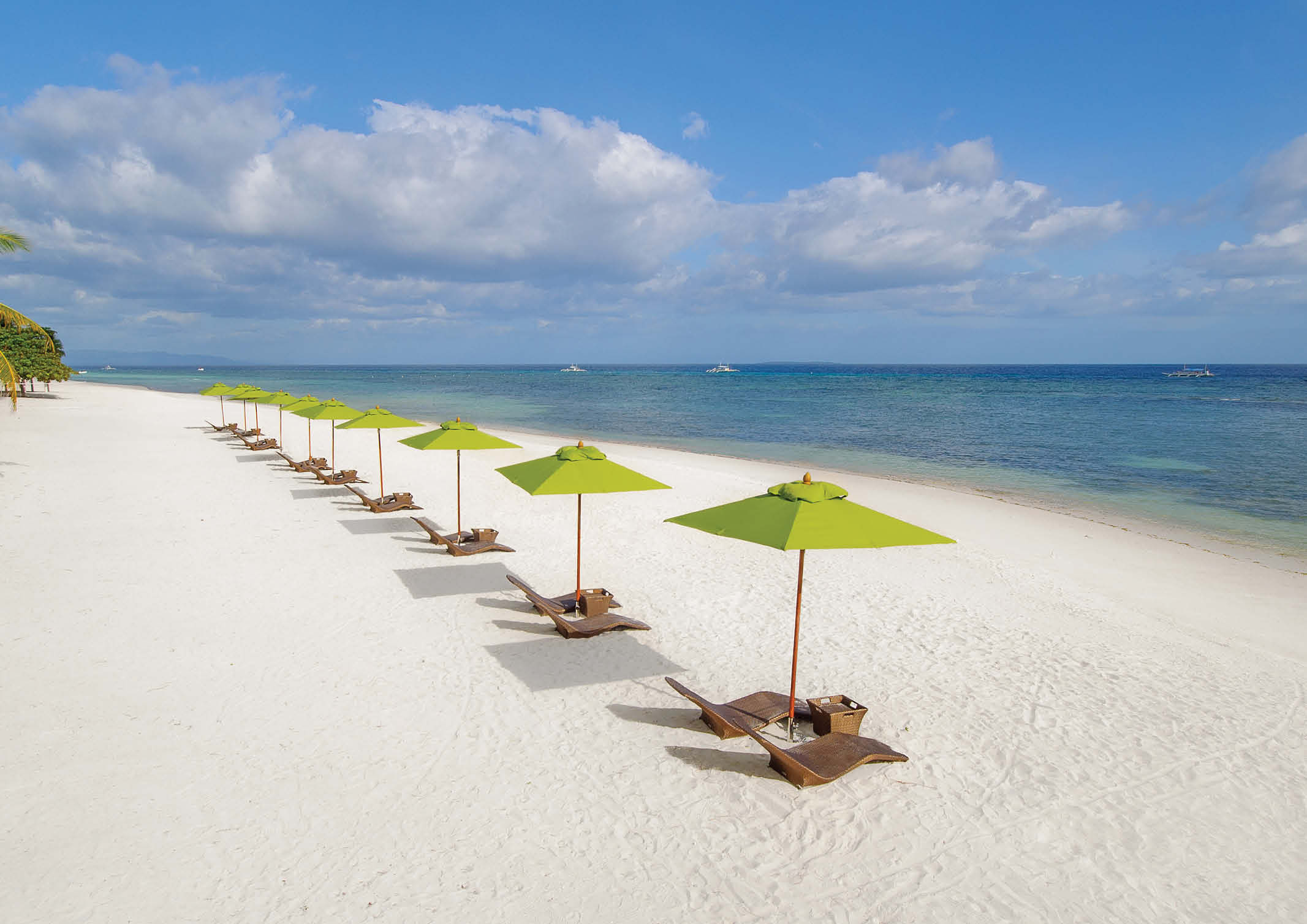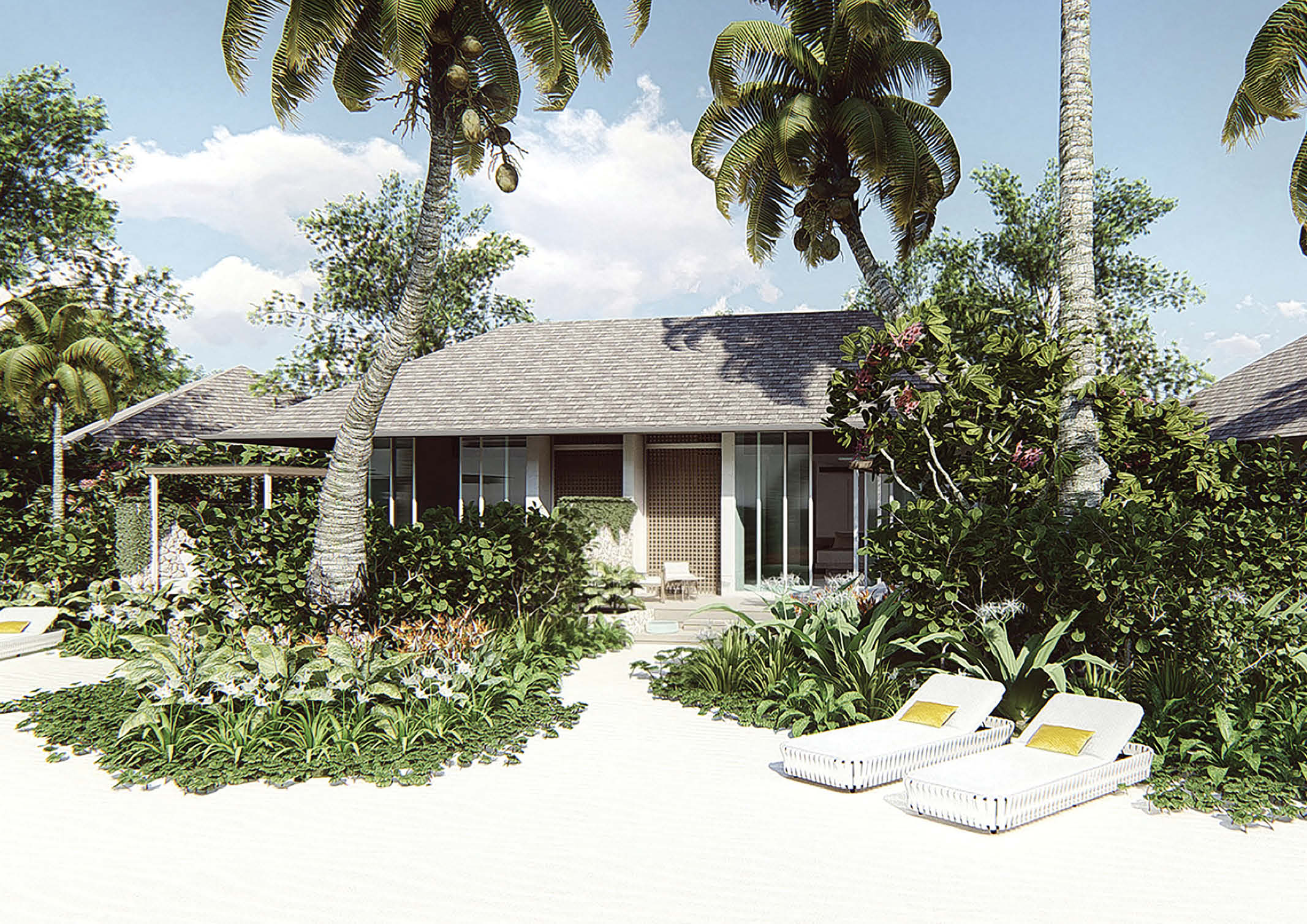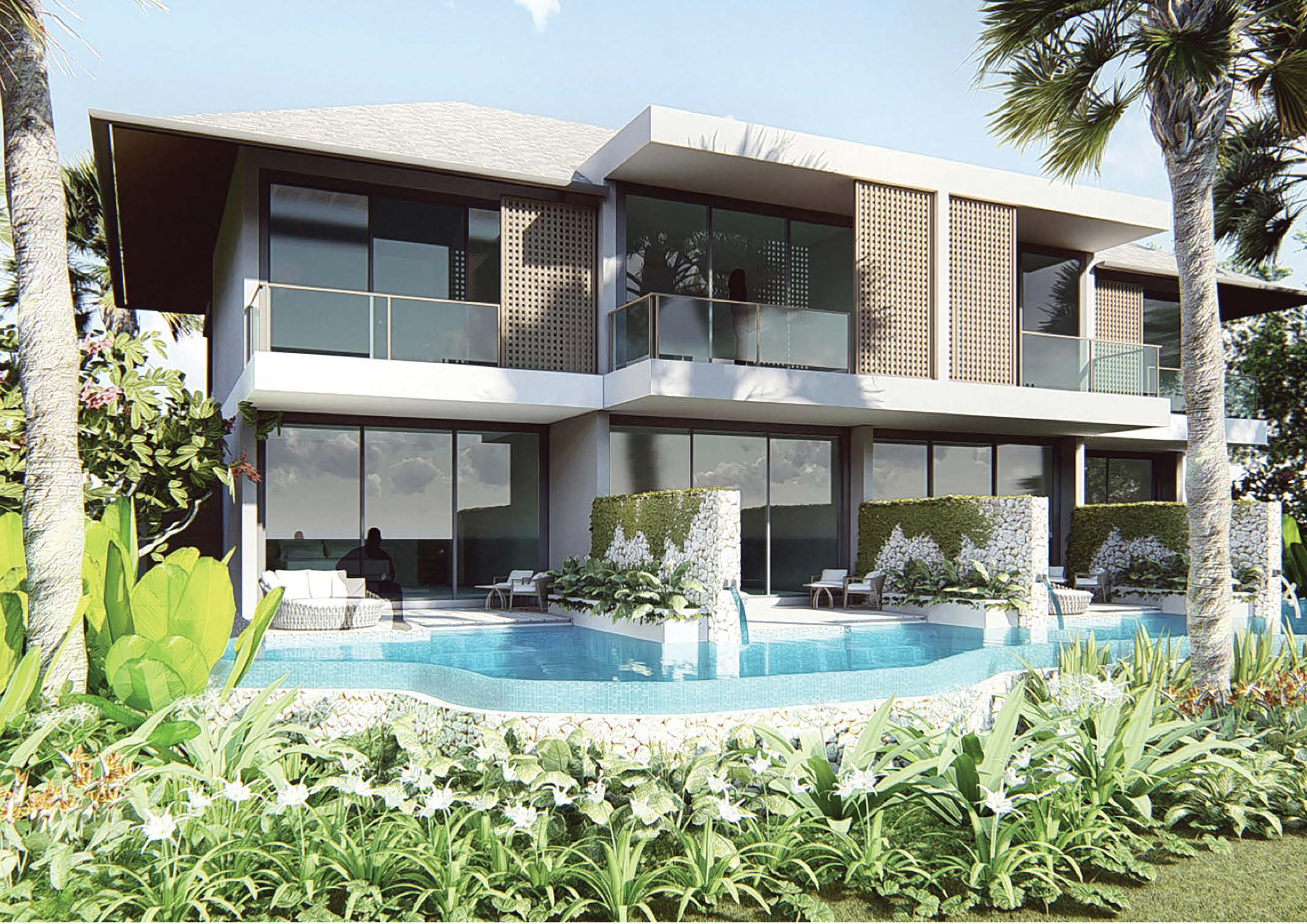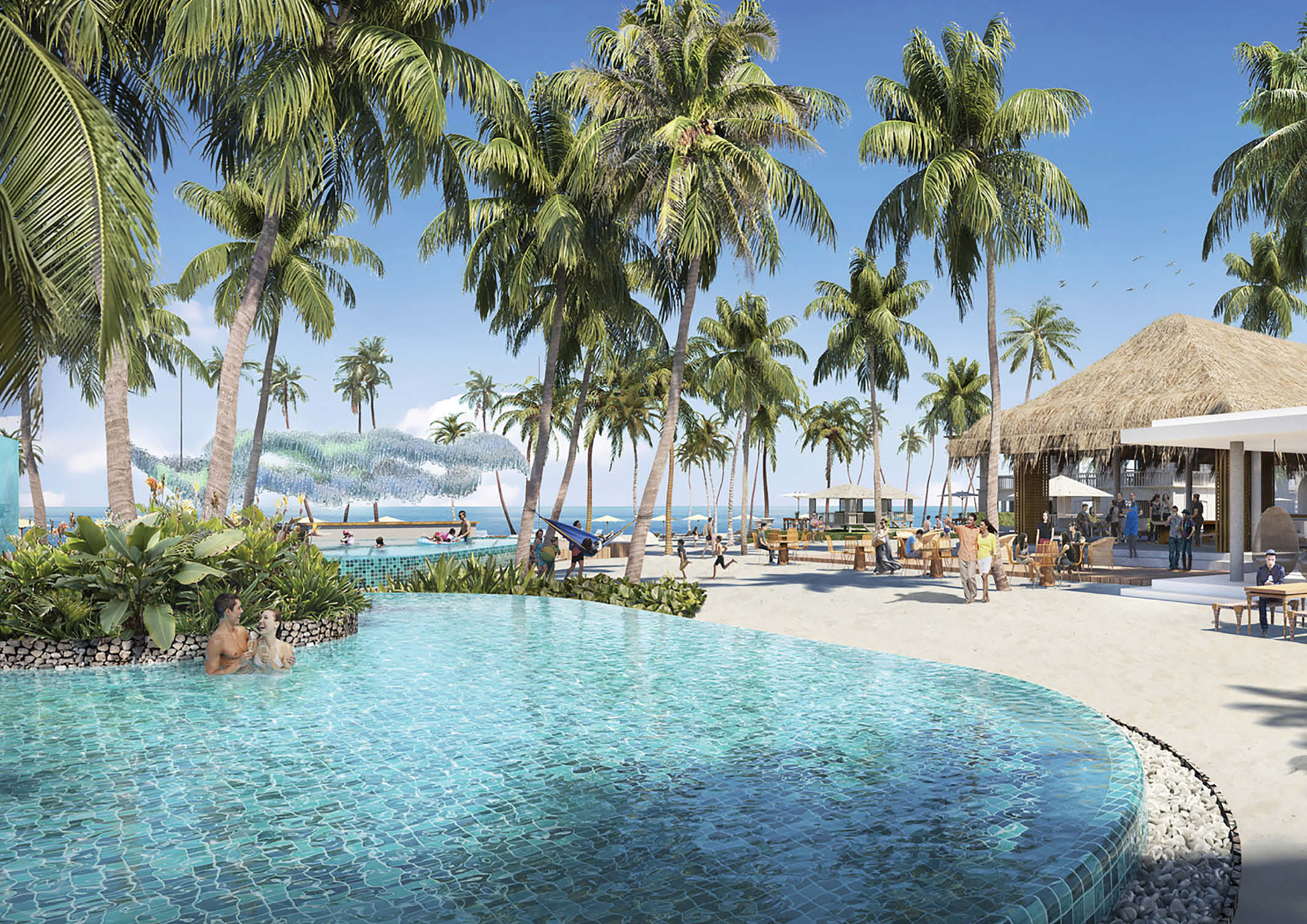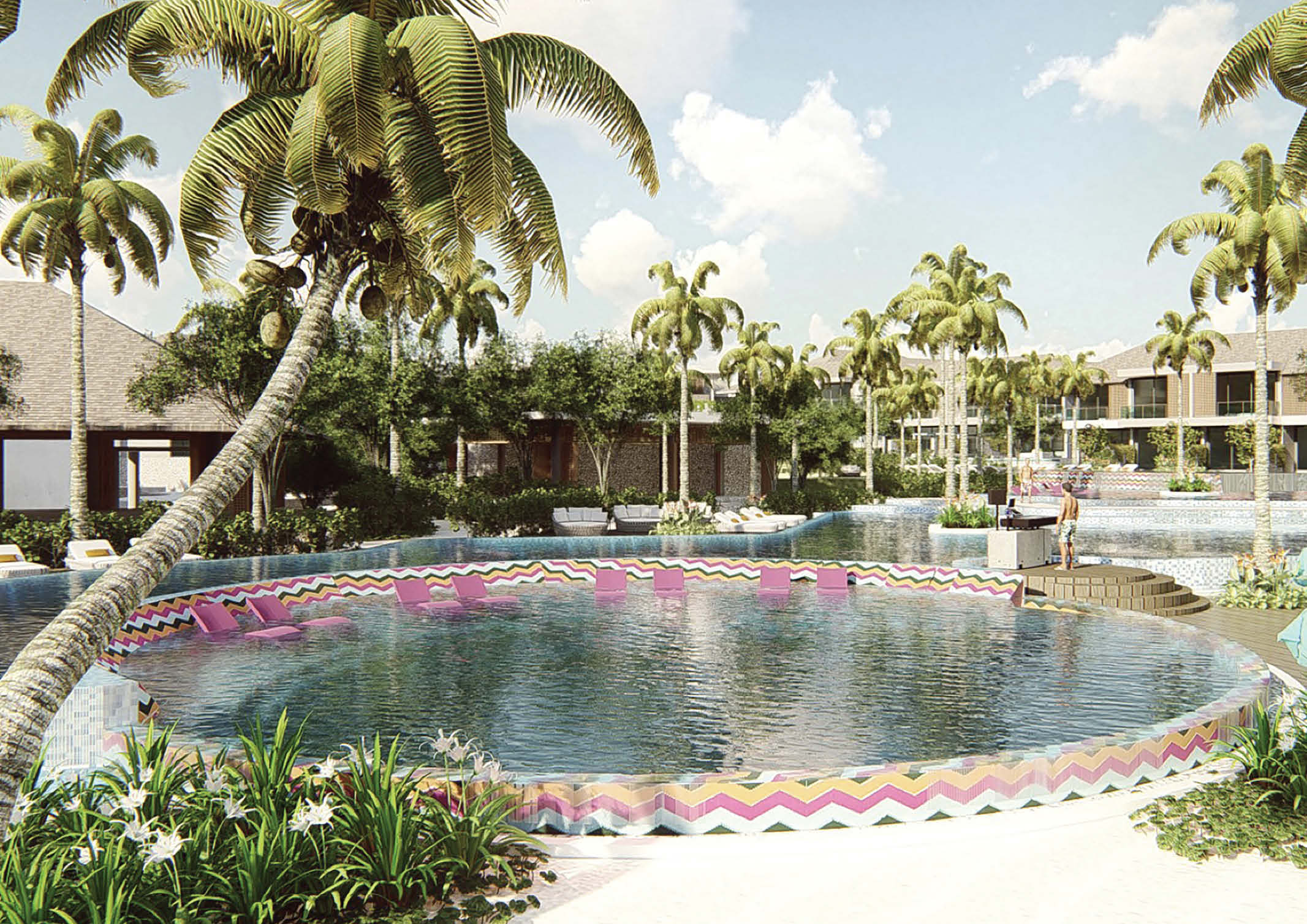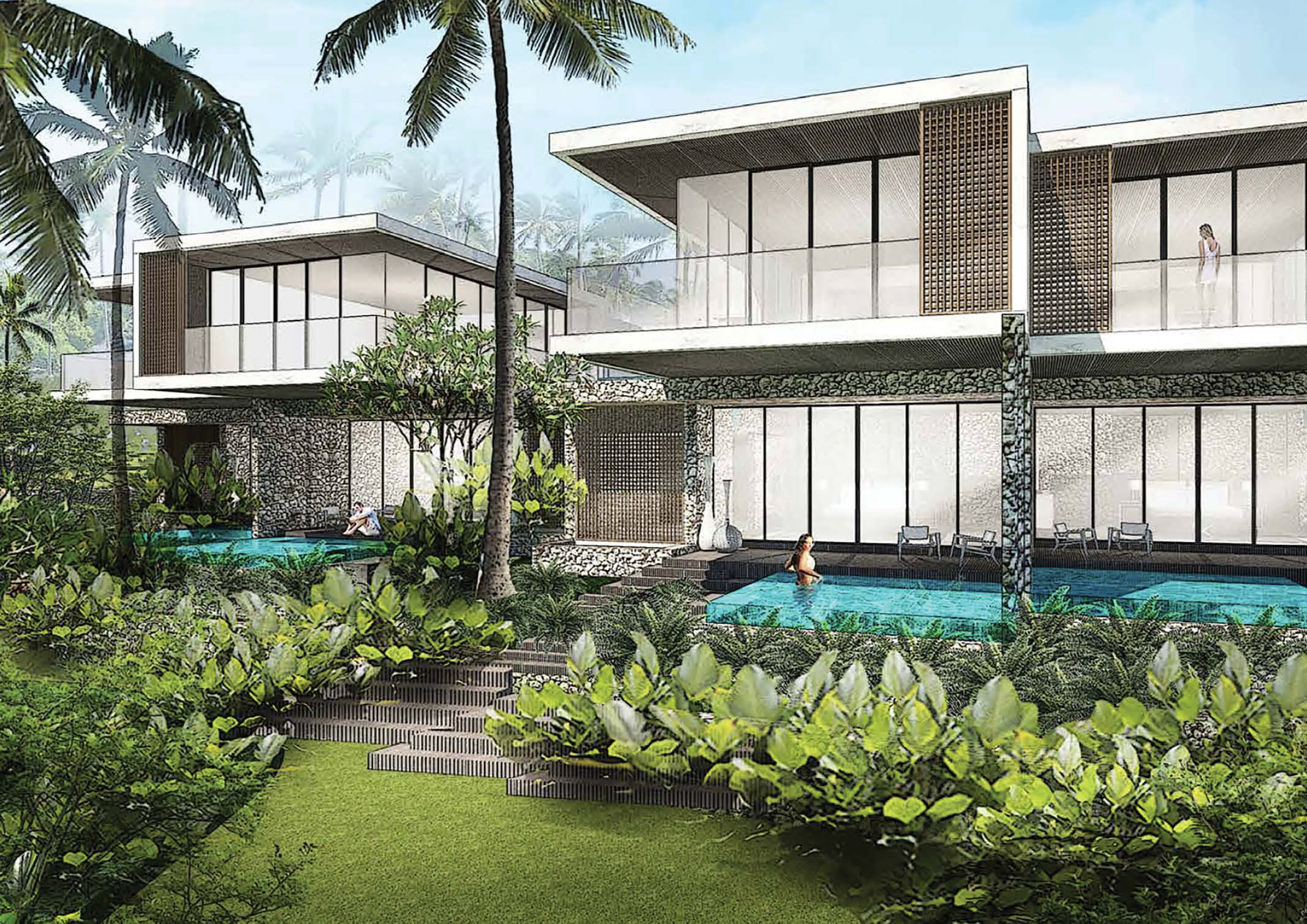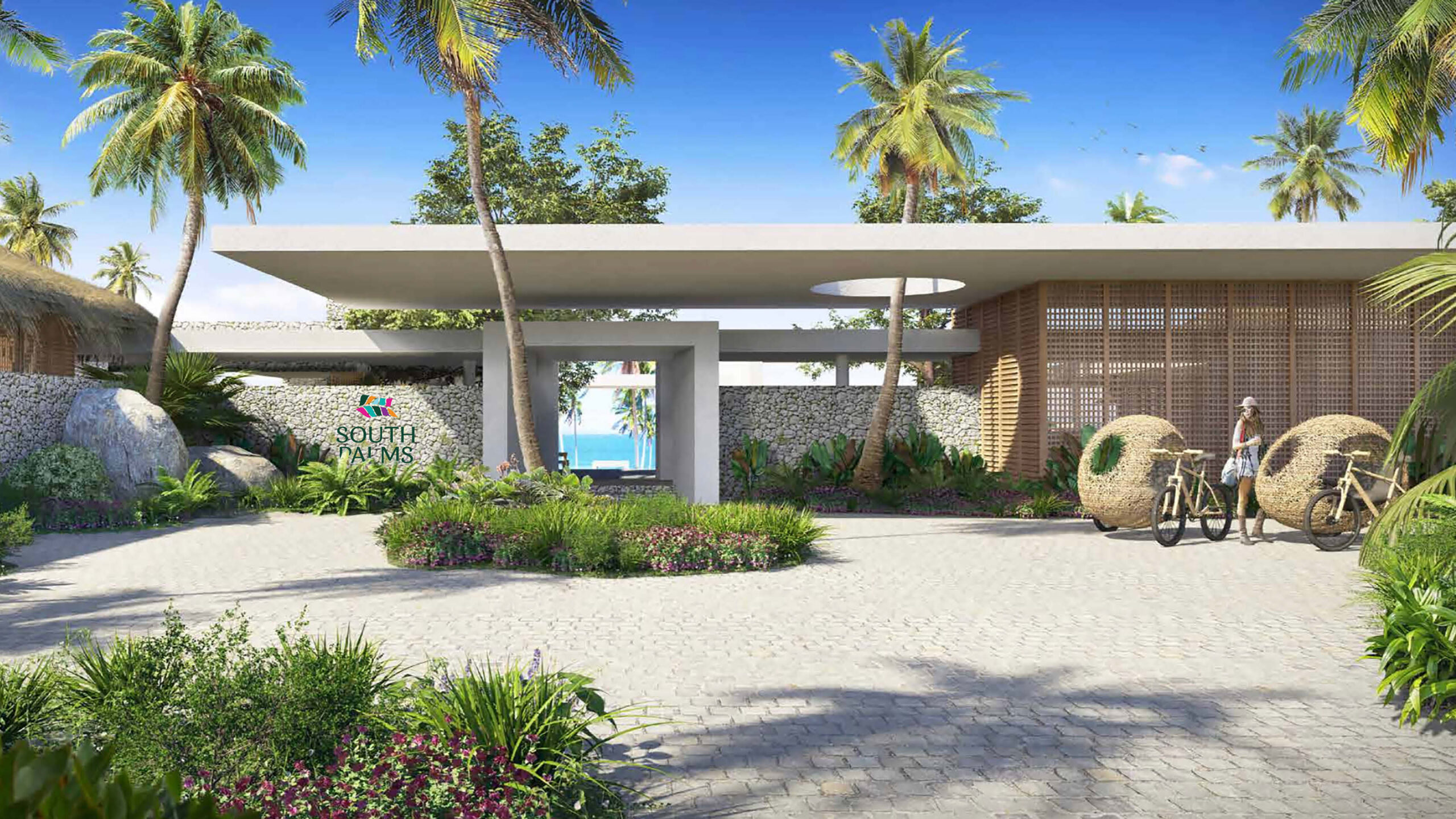
Panglao Shores in Bohol Aims to Be A Sustainable Leader
A gargantuan, PHP 25-Billion mixed-use development is being built on the island of Panglao in Bohol. At first, this thought may feel unwelcome because of known other island developments that are backtracking to reverse the effects of bad city planning, but Panglao Shores wants to start properly with the future in mind.

“This is the beach we grew up with and we wanted to do it right,” says Panglao Shores Managing Director Hope Uy. “When we were planning this property, we travelled abroad to Phuket and to Bali to look at integrated resort communities on how they did it. That’s why we wanted to work with sustainability partners such as John [Farrell] of XCO2.”
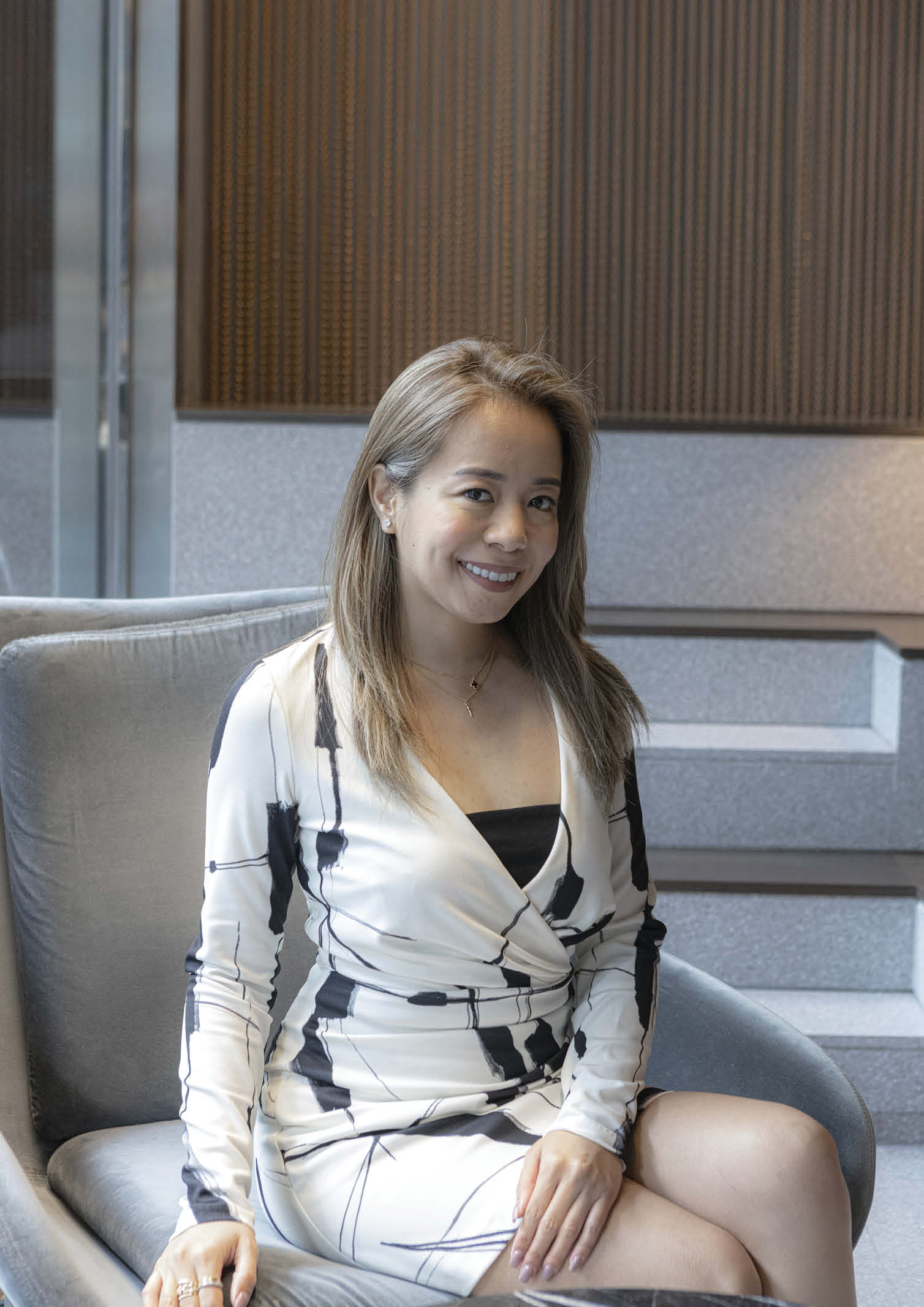
XCO2, a consultancy firm that provides carbon management advice for businesses, has been awarded Building Consultancy of the Year at the CIBSE Building Performance awards for the second year in a row. Their name literally means to “x” or “stamp out” carbon dioxide (CO2) to help the planet avoid the disaster of climate change.
Director at XCO2, John Farrell, was keen on creating a sustainability strategy that was tailored specifically to Bohol. “I think a lot of project teams take a very standard approach – a very tick-the-box approach – to sustainability. What we really tried to do was be very specific to Bohol. One of the inspirations for our sustainability strategy are the people of Bohol who are traditionally very self-sufficient people. They had to be self-sufficient coming from an agricultural background. It’s only been in the last 3 or 4 decades that other industries developed within Bohol,” Farrell states. “So people have grown up with and it and it’s in their DNA that they can be self-sufficient.”
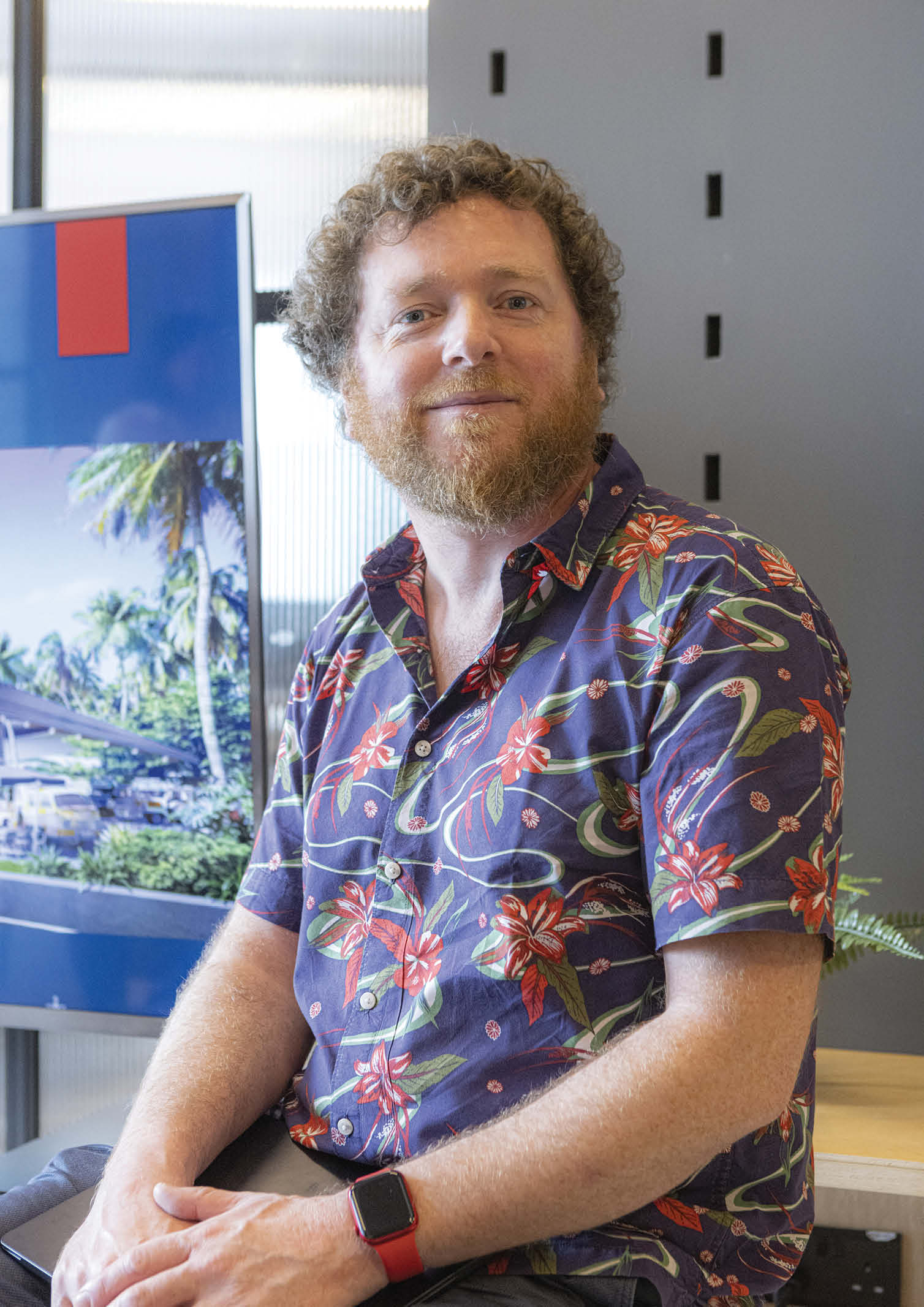
Panglao Shores is spread out over a 50 hectare plot of land with plans for single family homes, a hospital, a church and an Accor-operated 188-room resort called South Palms Resort Panglao Bohol – MGallery. There’s also a 9 hectare farm that will be supplying 50% of the resort’s produce. Head Consultant for Panglao Shores Bill Barnett of C9 Hotelworks says, “When we’re looking at this integrated community where there are hotels but there are also low rise single family homes, there are also condominiums and a greenbelt coming through. Some of you that may look at this and say, ‘oh my god it’s so much stuff’, but I think something that is unique to it is the masterplan idea. It’s not meant to be high rise. The tallest building will be 4 stories tall.”
There is a bigger impact when sustainability is incorporated from the conception of the project rather than as an afterthought. “If we’re going to talk about sustainability, we have to bring that in the very beginning. It’s not somebody else at the end of a project that says ‘let’s save water’. It starts with design. It starts with material,” Barnett adds.
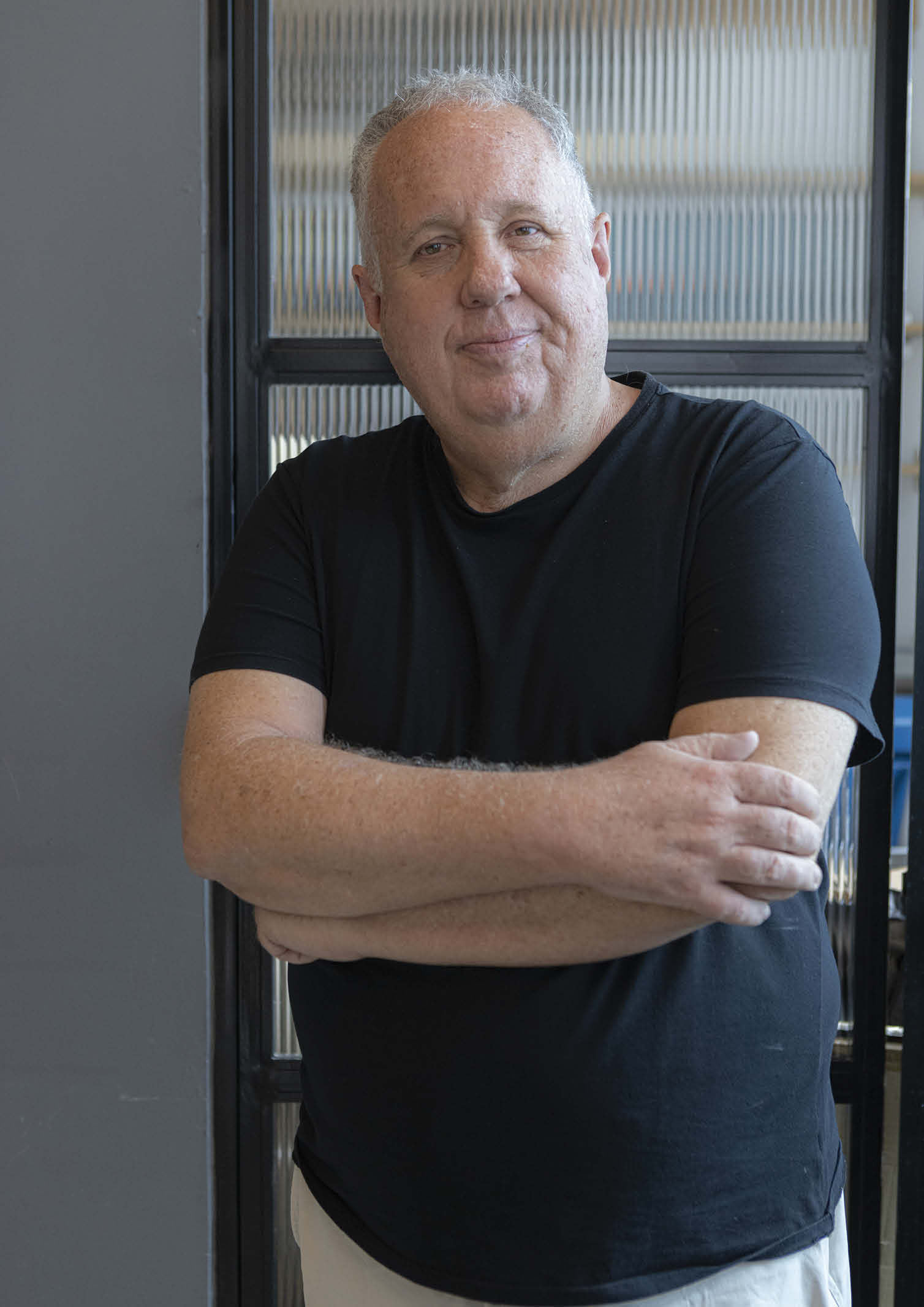
XCO2 was able to test and study the energy performance for the first phase of the project by using 3D computer models. Through computer simulation, they were able to see how much energy – from lighting, air conditioning and hot water – would be used over a 12 month period. “Then collectively as a team we would make changes to the design and tweak it. Following that consideration, we would see the savings.”
“What’s important to understand about XCO2 is that there’s a technical engineering capability. Too often we have a sustainability consultant there that saves water and everything else but lacks the technical and engineering function. It’s not just thinking your architect will do the right thing or that your MEP designers will do the right thing or that your interior designers will do the right thing. It’s addressing all those areas and getting it right from the very beginning,” further explains Barnett.
By being able to see this information before building and having the capacity to curb the development’s energy demands, major savings can be had. Roofs are usually wasted space, but are utilized strategically on Panglao Shores. They are either green – which grow plants on roofs – or blue – which mean they are water catchments – or they hold solar panels to harvest energy. “The green roofs create biodiversity and adds more green space,” Farrell continues. “Blue roofs are needed because it’s incredibly difficult to get clean water from the ground in such a small island. What happens is that the sea water gets on the ground and the fresh water on the ground becomes saline. So then we need to capture the rain that isn’t saline as quickly as possible before it gets into the ground, store it, clean it and use it for drinking water or irrigation. And that’s really important here because although it rains a lot it’s difficult to harvest clean water. The balance of green and blue roofs are really important whilst also using roof space for PV and solar panels. It is also very important for us to generate our own electricity onsite and become more self sufficient not to rely on the national grid that’s very expensive and very unreliable.”
According to Ateneo, the cost of electricity in the Philippines is the second most expensive in Southeast Asia, coming only after Singapore. To be able to design with this in mind, would already give your structure an advantage towards sustainability. “Orienting the buildings so that they’re not necessarily west facing or east facing so you’re getting just the right amount of sunlight are tweaks in the design process to maximize energy efficiency,” Barnett mentions.
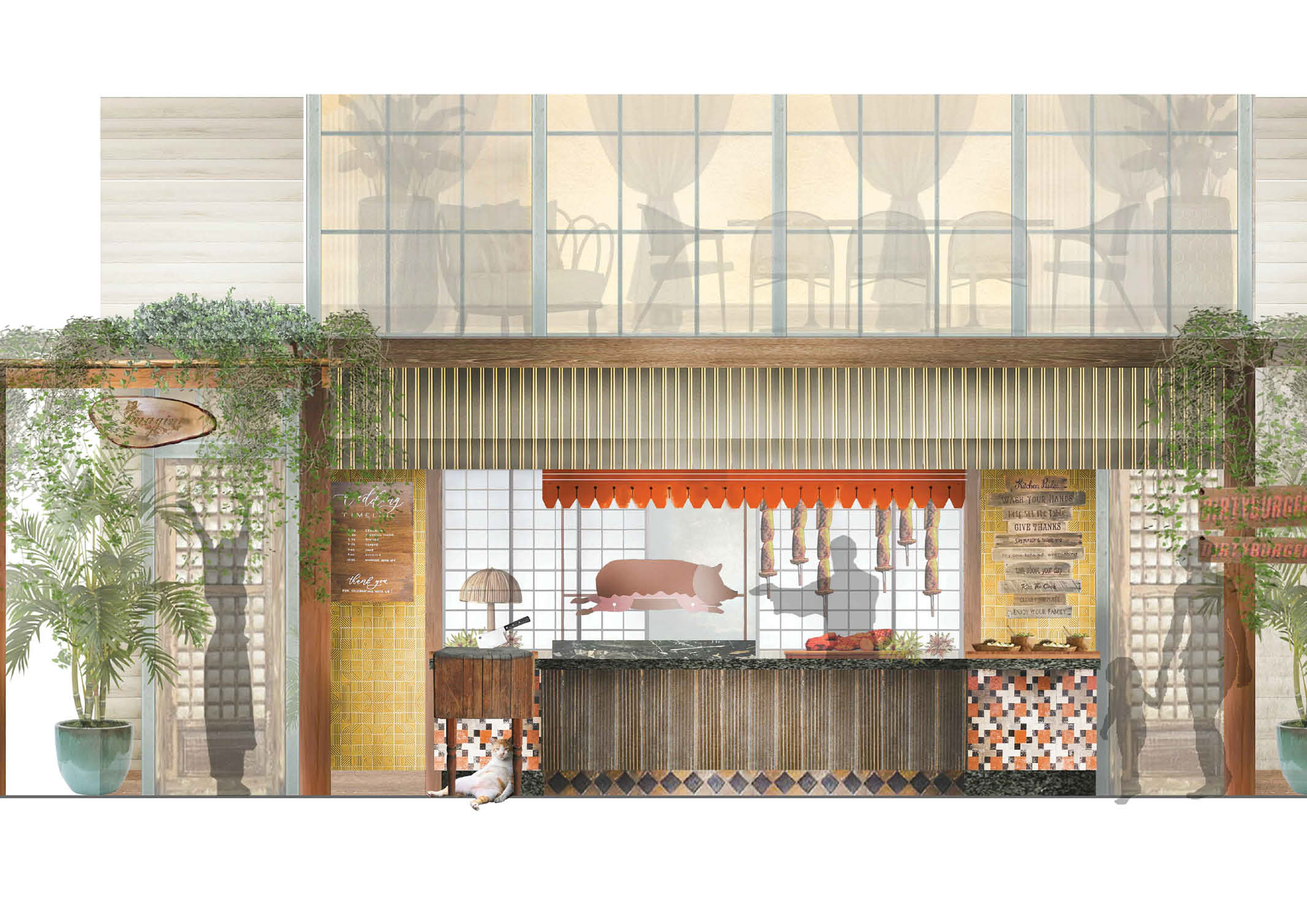

For a development on an island such as Panglao in Bohol to be sustainable, it needs to be as self-sufficient as possible. Clean water, food, electricity, waste management all have to be taken into heavy consideration. Farrell enumerates many of the strategies he’s employing at Panglao Shores. “We really wanted the development to be very self sufficient. And the first step is we’re not focusing on technology. We’re focusing on getting the buildings, the architecture, the masterplans themselves to be self-sufficient, and reducing energy demands, using bioclimatic design to ensure people are comfortable and they don’t need to rely on air conditioning as much as they really need to, ensuring they can harvest their own water by collecting rain water, by treating sewage water and be able to reuse as much as waste, including water and energy as possible.”
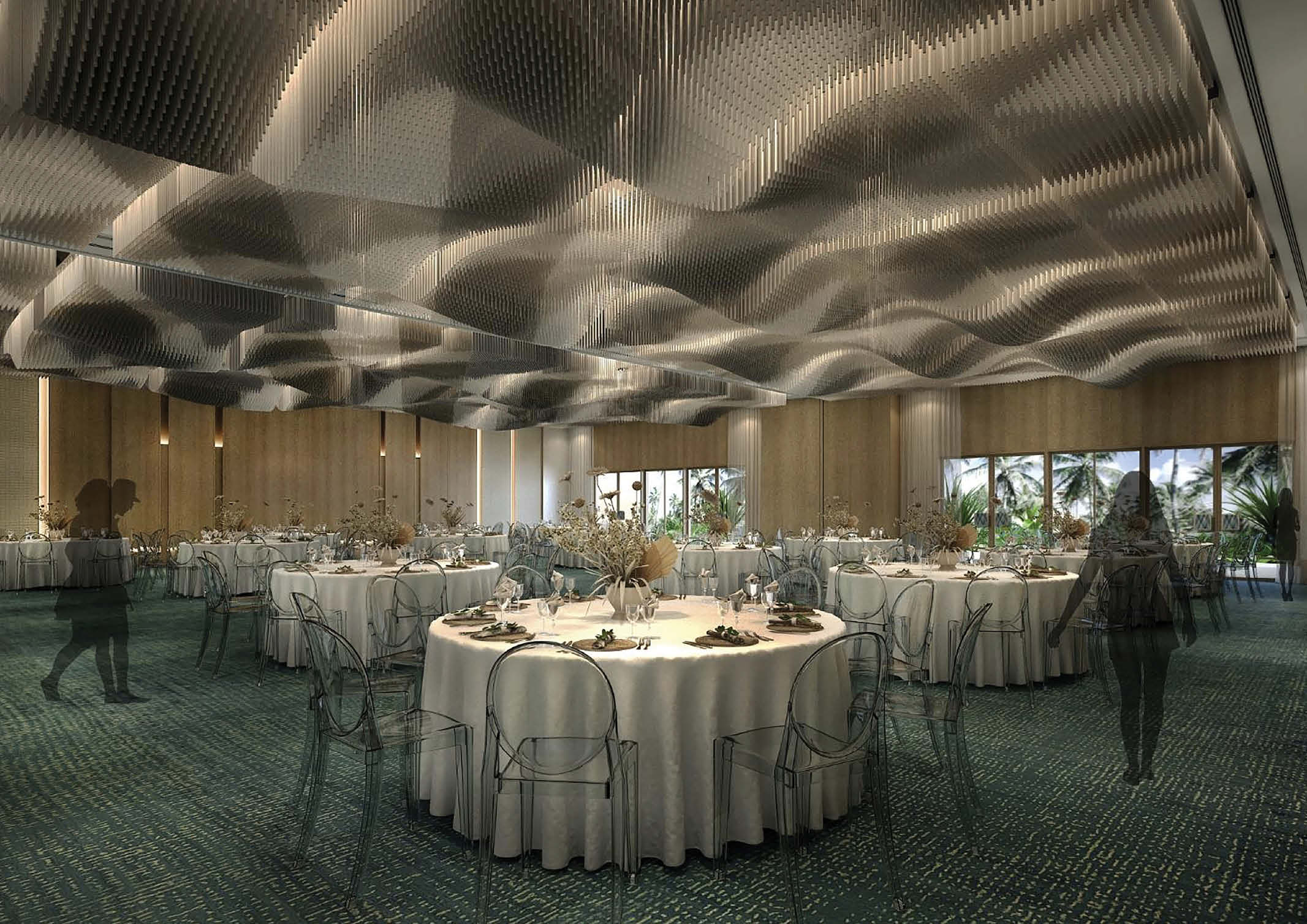
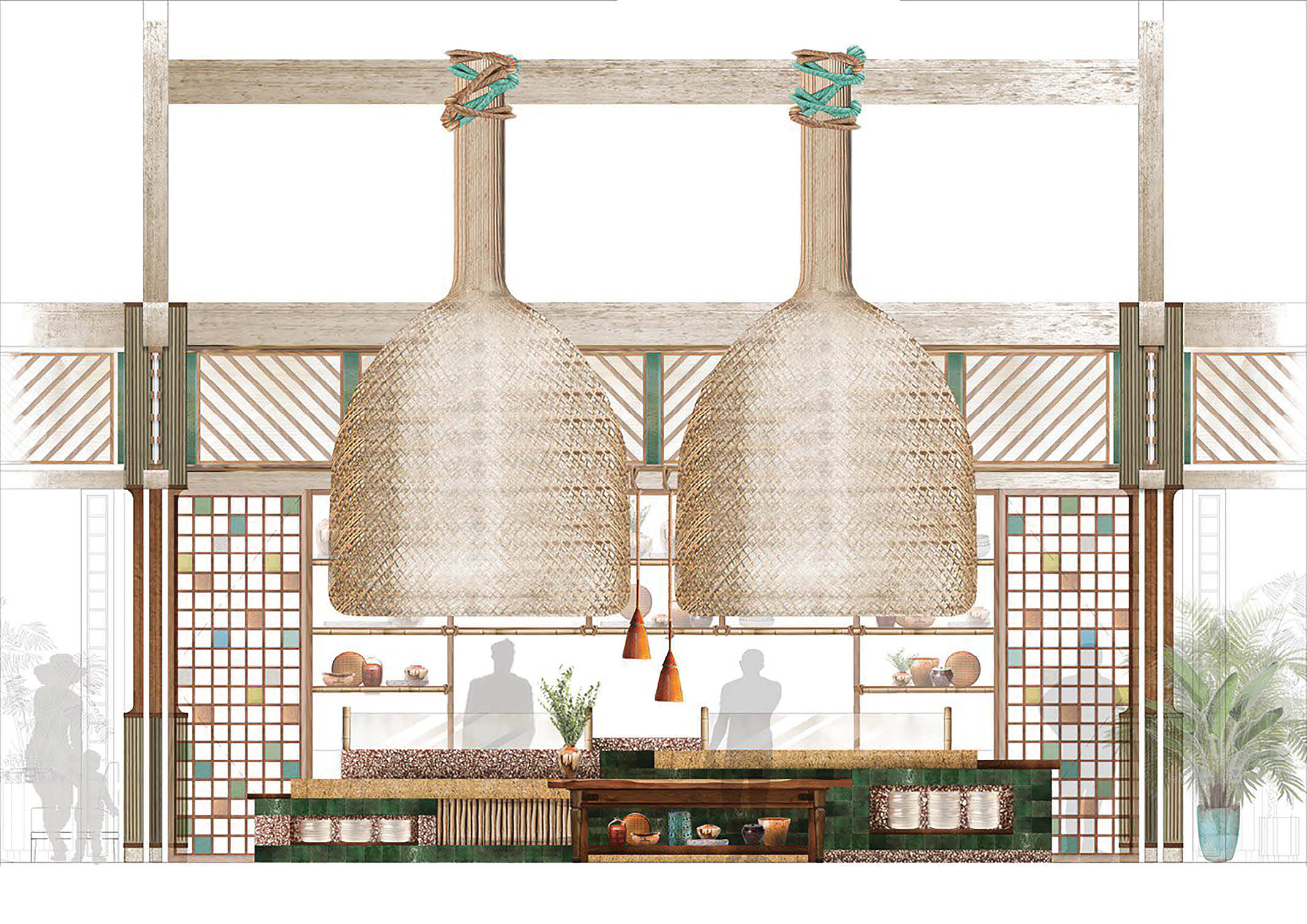
For South Palms Resort Panglao Bohol – MGallery, which is set to open in 2024, Uy enlisted a high calibered roster of designers. “We got SCSY as our master planner and designer for this project. We give all of our partners and soon to be partners a sort of rulebook on our sustainability strategy. It’s a 50 hectare property but it is a low density development. We respect the land very much,” Uy says.
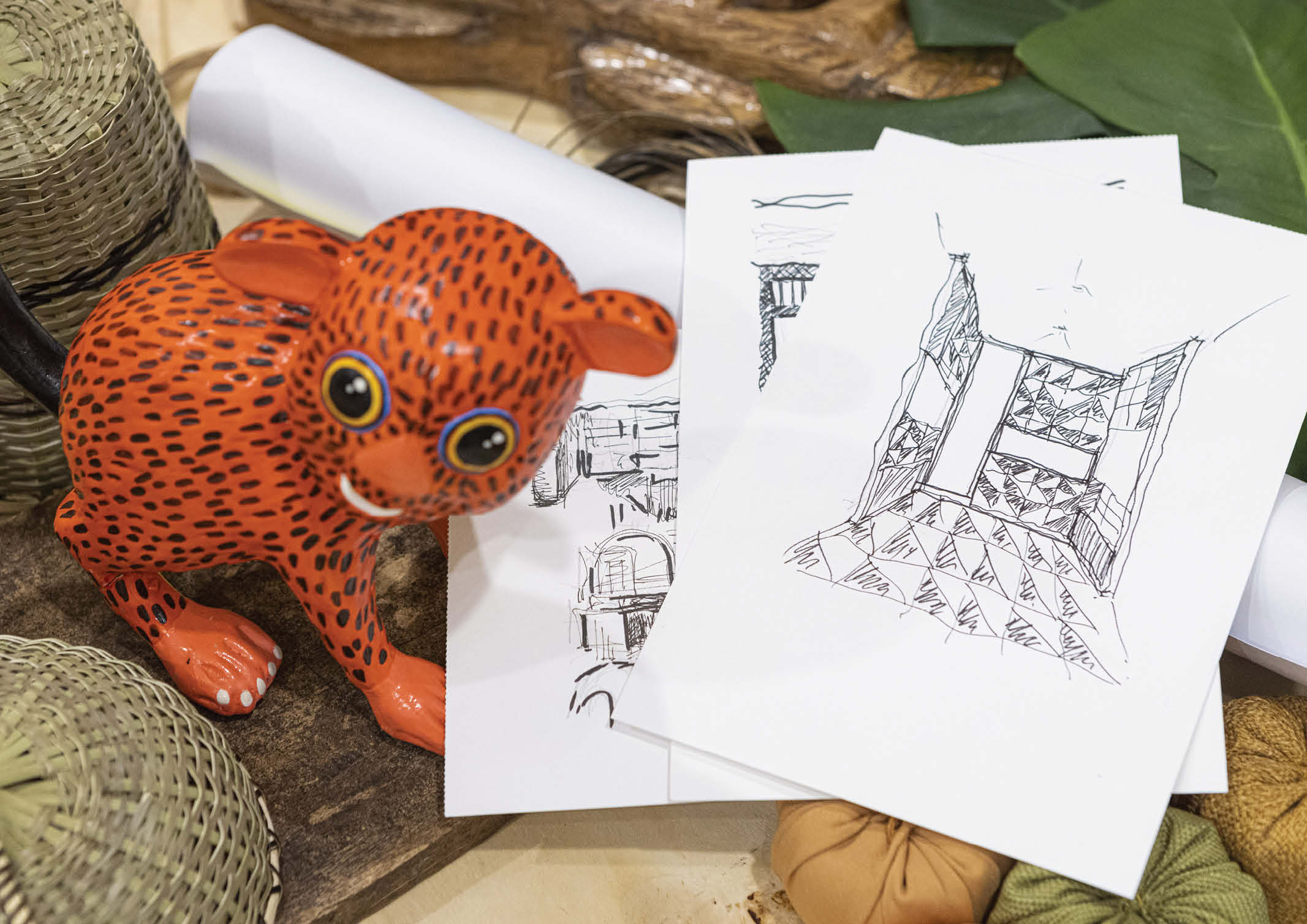
SCSY, helmed by architect Chris Singer, is a boutique design studio that specializes in luxury hospitality developments. The landscape design will be by TOPO who builds “one-with-nature” designs while keeping the local vernacular in mind. The interiors of the restaurants will be by Atelier Pond who has a narrative approach to designing food and beverage outlets. Notably, Atelier Pond will be using local brand Nature Legacy’s Marmocast in their design, which is a product of circular economy. White Jacket in Singapore – a bespoke award-winning multidisciplinary design studio – is undertaking the interiors of the rest of the resort. Patrick Keane of Enter Projects will be designing rattan installments throughout the property.

“We have 5 designers in the new hotel and we brought them to Bohol to see some of the materials that they can use here. In every room you’ll see a piece of Bohol with reclaimed wood which came from old buildings. From a hotel perspective, it’s easy to say let’s make everything new, but it’s repurposing these materials in a refined way that gives it a living history in these buildings. I think that type of approach to building is really important,” Barnett shares.
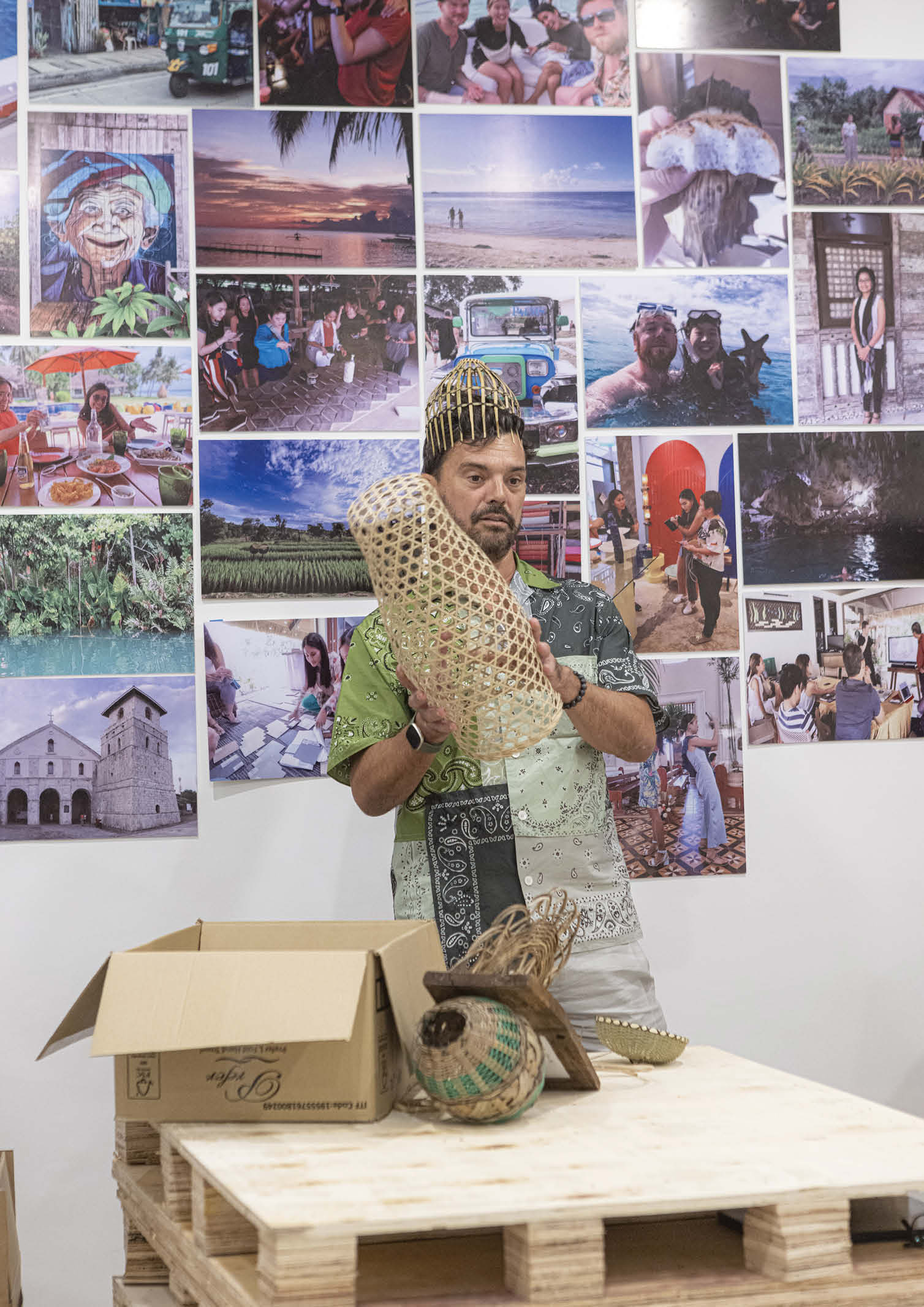
Another consideration that usually gets overlooked is that designing sustainably isn’t all about people. Farrell confirms this, “Bohol is one of the most biodiverse places on the planet. There’s more biodiversity here than in the Mediterranean – than there is in the whole of Japan. A lot of the species that live here are very sensitive. Turtles come to this beach and we want them to continue coming in 50-60 years time. If we build 10 stories, they will stop coming. So the low-rise developments still allows us to live in synchronicity with them.”

Uy observed that turtle hatchlings on the beach increased during the pandemic when bright lights by the shore were turned off. This sensitivity to other living things will be incorporated in the operations of the development to foster the biodiversity.
Panglao Shores is a brilliant model of how mindful design can be achieved with the right team. “We want people to come and see the example we’ve set on the island. We want to be the flagship leaders in terms of sustainable development in Bohol,” Farrell says.
Photos Courtesy of Panglao Shores and Jar Concengco

